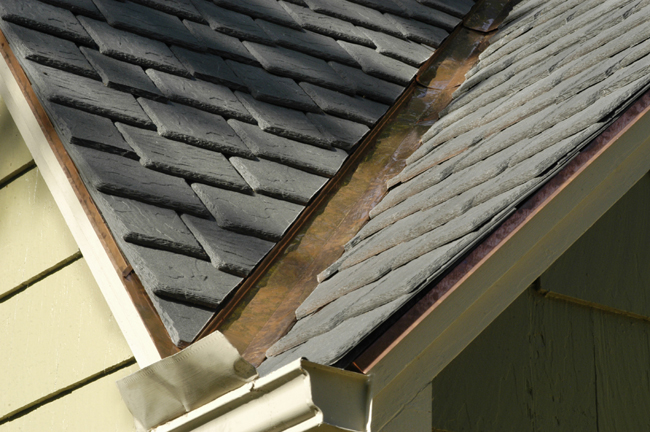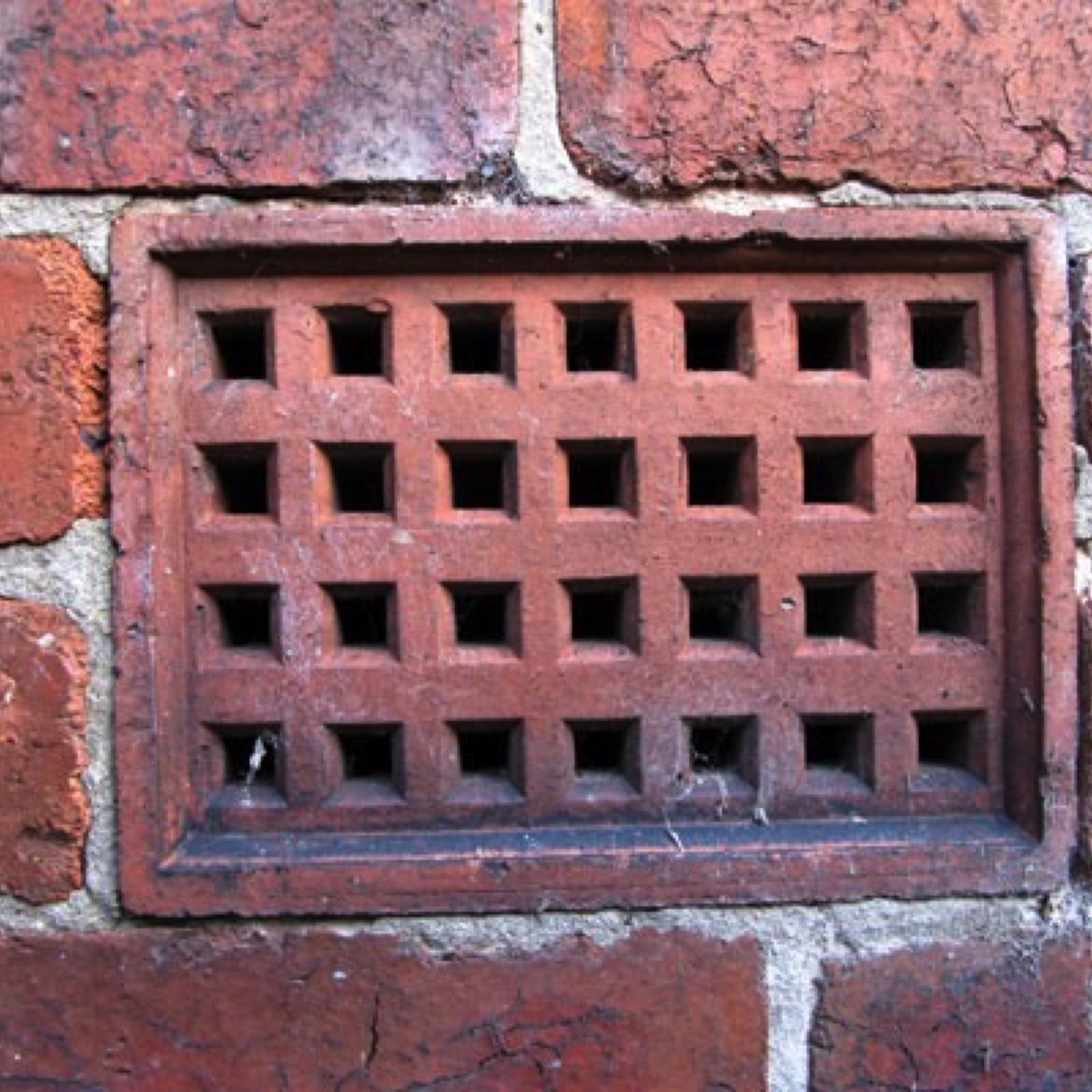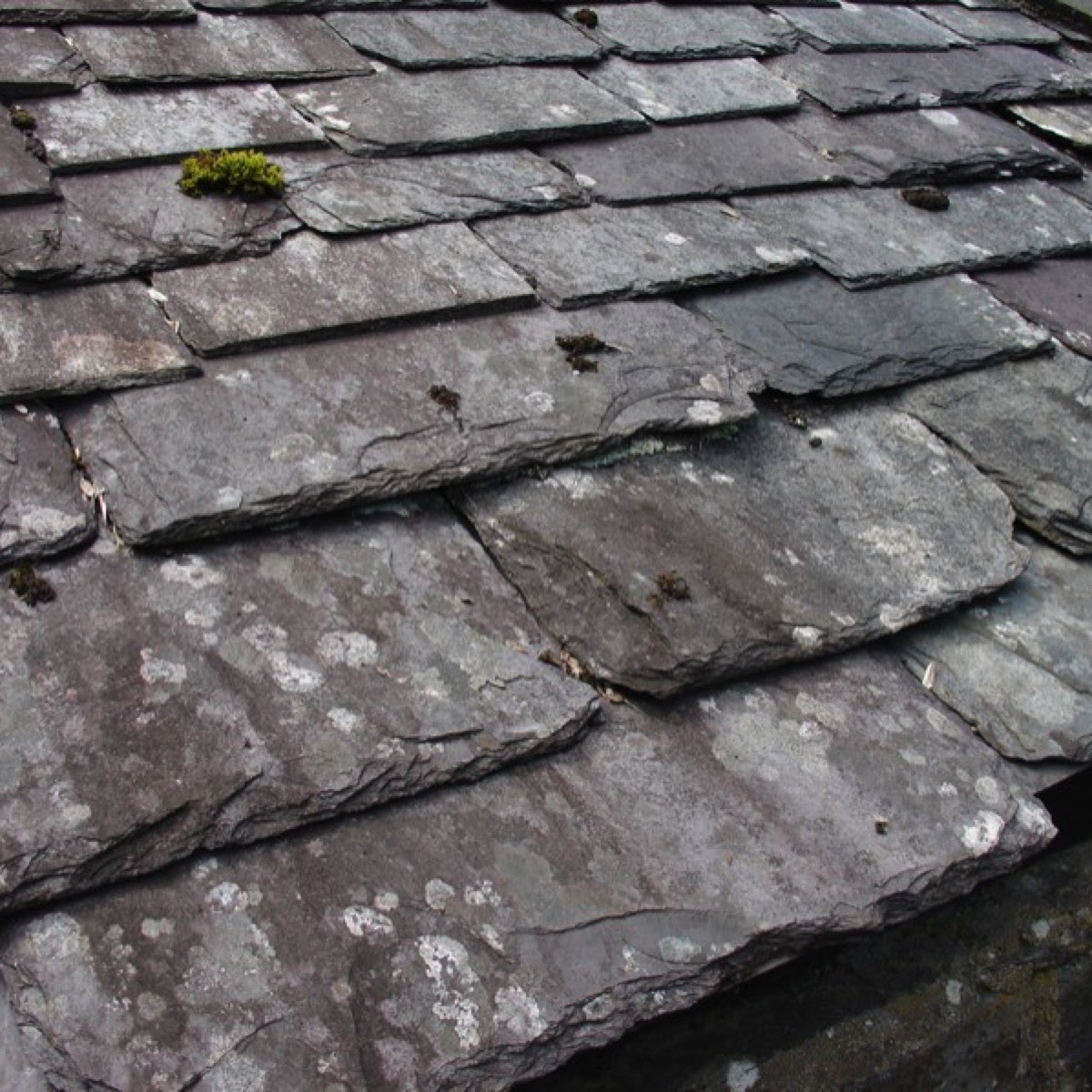How Much Does it Cost to Replace/Repair a Roof Valley?

| Job | Description | labour |
| 1 | To replace a 4metre long zinc or swept valley on a slated or tiled roof, with a nice new lead one! 450mm wide, code 4 lead should be used, turned back at the edges. This should be laid in two 1500mm lengths with a third length at the top. The overlaps should be 150mm minimum and the only fixings should be a few copper nails under the overlaps. There should be a thin layer of fibrous material between the lead and the valley board. This can be an off cut of breathable roofing felt but must never be bituminised felt. 2 men 2 days | £575 |
| Plus materials, scaffolding etc for the above | £625 | |
| 2 | To replace a few broken valley tiles on a tiled roof. This will take an hour plus materials. | £75 |
Information Sheet on Replacing and Repairing a Roof Valley
So you want a new valley?
Get it done in lead. I’m not even going to give prices for any other material. One thing the Romans did for us was to introduce the finest (roofing) material ever created. Now… I don’t know much about Hadrian’s house but if he’d put a lead roof on it, maybe it wouldn’t just be his walls that were all so bloomin' fascinated with.
Lead lasts for ever, if a roofer fits it properly when he’s 25, it will easily outlast him and all his progeny!
It comes in 6 metre rolls, in various thicknesses (called codes – 3, 4, 5 etc.) and different widths from 150mm to 1200mm. Different codes and widths are used, depending on what the lead is being used for and how long each individual section needs to be.
That’s the theory anyway!
Lead expands and contracts a great deal, if the roofer uses a length which is too long relevant to its code (thickness), it will eventually buckle and split. i.e. code 4 lead is very common on domestic roofs but should never be used in lengths exceeding 1500mm. The width isn’t really relevant.
It is possible to create a valley in a plain tiled roof, using only the tiles themselves. These are called “swept valleys” and are difficult to do. I used to live near a 1930’s estate which had all swept valleys and I must have replaced a dozen of them. They leaked you see! Even the proper tradesmen of my grandad’s day were capable of getting it wrong. If a swept valley leaks it’s best to replace it with a lead one.
OK….. I might as well carry on with the valley descriptions. There are zinc valleys which only last about 70 years and yet another type which is used with tiled roofs… “valley tiles”. These work fine until they crack and when valley tiles leak, the problem is solved by slipping in a replacement.
Related Jobs
Aerial
Chimney Pointing
Chimney Pots
Chimney Rebuild
Chimney Stack Removal
Fascia & Soffits
Gable End Rebuild
Gable Cladding
Gable Replacement
Gutter Cleaning
Gutter Replacement
Pointing Walls
Rendering/Pebbledashing
Scaffolding
Soil Stack
Aerial
Chimney Pointing
Chimney Pots
Chimney Rebuild
Chimney Stack Removal
Chimney Info
Fascia & Soffits
Gable End Rebuild
Gable Cladding
Gable Replacement
Gutter Cleaning
Gutter Replacement
Pointing Walls
Rendering/Pebbledashing
Roofing
Scaffolding
Soil Stack
FAQs 'traffic light' guide
-
What's easy about this job…
Open or CloseNot a lot.
-
What's tricky about this job…
Open or CloseNot breaking too many tiles. Also finding good replacements.
For all job costs click on the appropriate section below:
www.buildingsheriff.com
Copyright The Building Sheriff Ltd 2017


